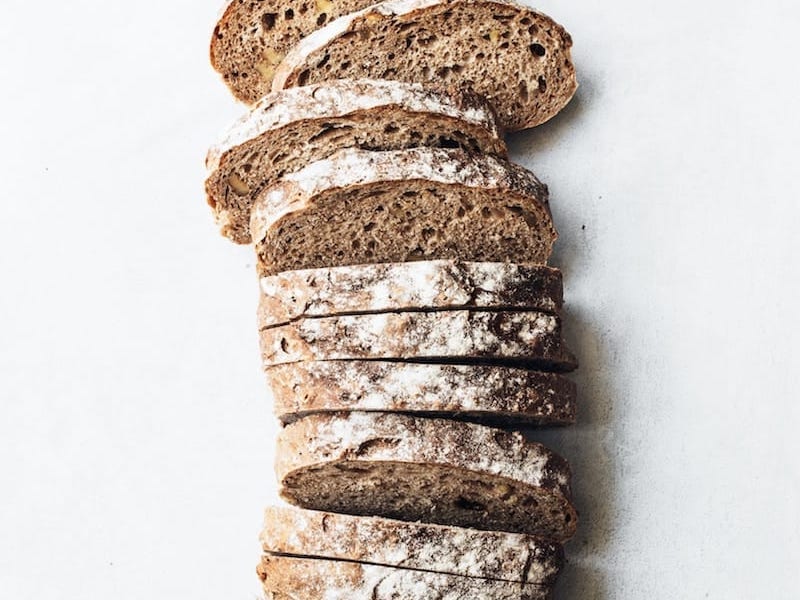Whether you are making yeast-raised cinnamon rolls or a loaf of bread, check out these tips for no-fail bread baking at home.
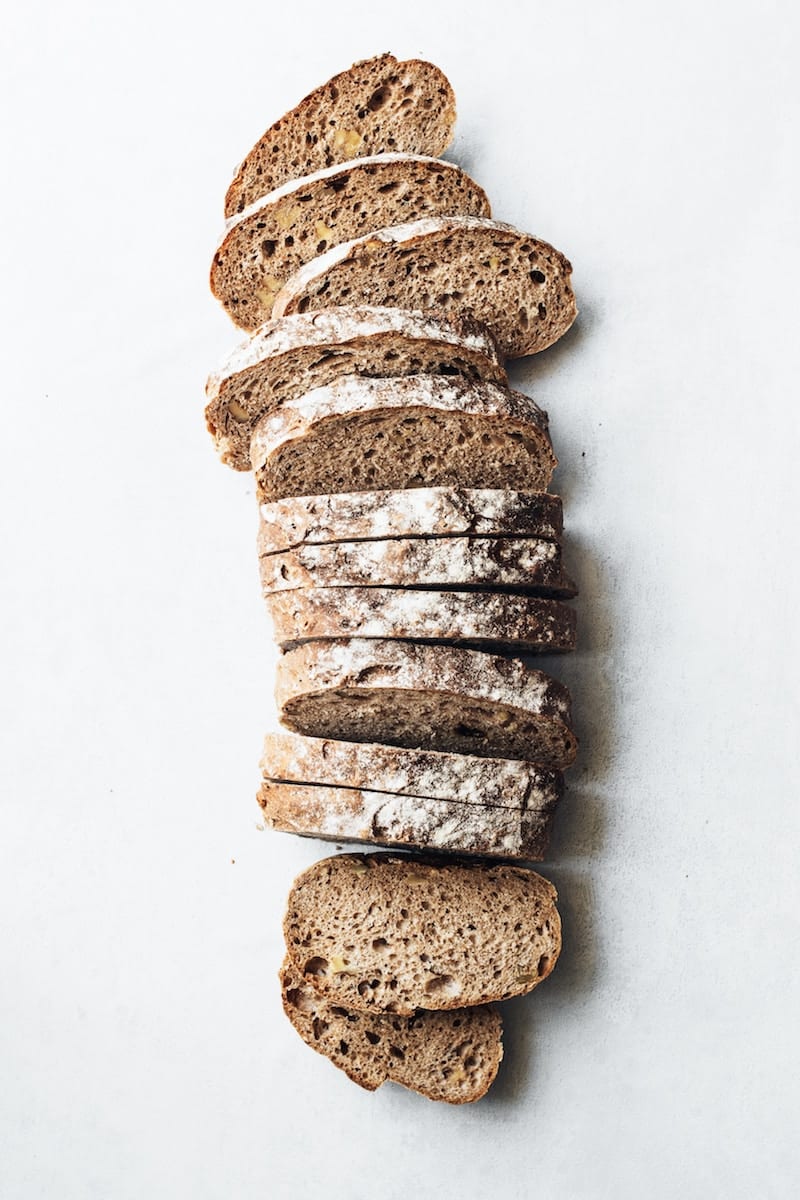 Photo by Louise Lyshøj on Unsplash
Photo by Louise Lyshøj on Unsplash
Yeast can seem like a wild variable with so many factors, but it doesn’t have to be so mysterious and tricky! We checked in with Fleischmann’s Yeast and they gave us some super helpful tips and signs to keep in mind when we are working with yeast-raised doughs in our home kitchen. Arm yourself with this knowledge and get baking!
What are the basic steps when making a yeast-raised dough?
Once you know the basic steps that most yeast-raised doughs have to go through, you’ll know what to look and feel for at each step.
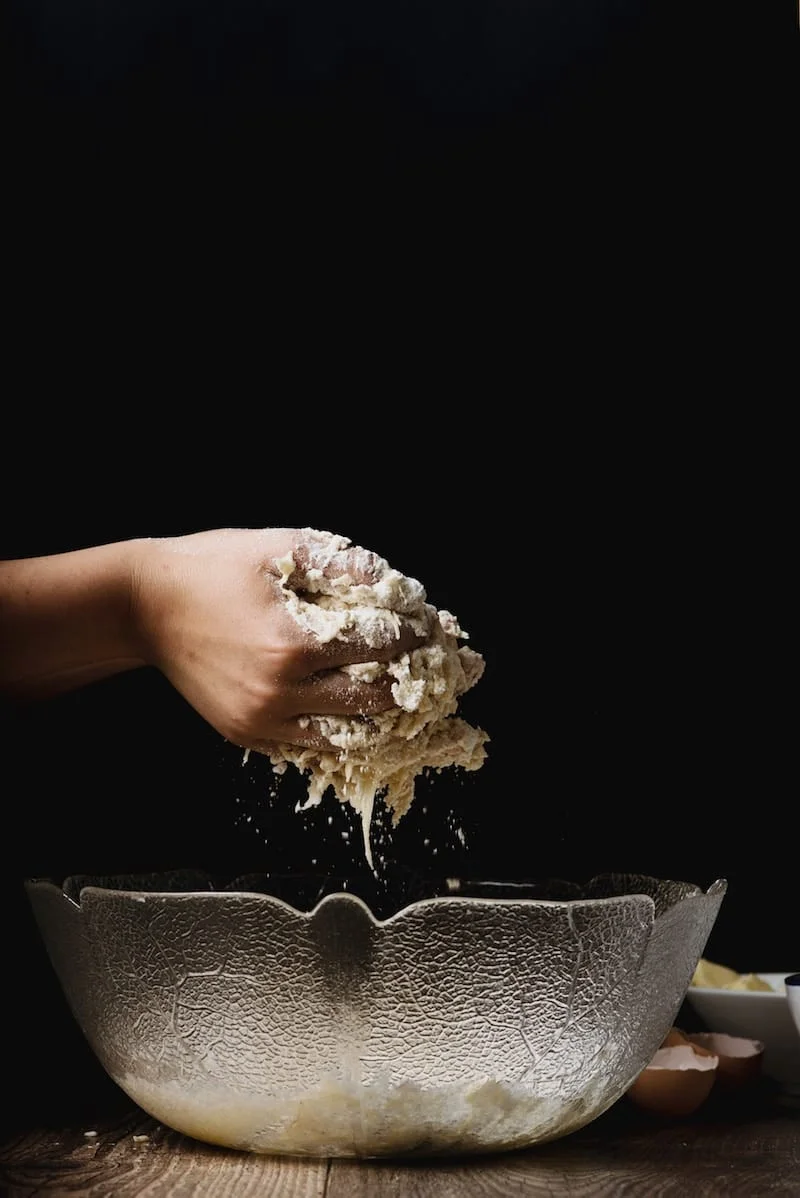 Photo by Gaelle Marcel on Unsplash
Photo by Gaelle Marcel on Unsplash
Kneading
These are the steps to follow when kneading the dough. To start, add just enough flour to the dough and your hands to keep the dough from sticking, then:
- Pat dough into a ball, which may feel sticky. That’s ok!
- Flatten dough and fold it toward you.
- Using the heels of your hands, push the dough away with a rolling motion.
- Rotate dough a quarter turn and repeat the ‘fold, push and turn’ steps.
- Keep kneading dough until it becomes smooth and elastic.
- Use a little more flour if dough becomes too sticky, always working the flour into the ball of dough.
- The process is complete in about 4 to 10 minutes, or when the dough is smooth, satiny and elastic, and when you poke it, the dough springs back.
 Photo by Artur Rutkowski on Unsplash
Photo by Artur Rutkowski on Unsplash
Resting
You’ve given the dough quite a workout, now it’s time to let it rest. To create ideal resting conditions for the dough:
- Cover the top of the mixing bowl loosely with a damp, clean cloth or plastic wrap sprayed with nonstick cooking spray. This keeps the dough from drying out at is rests.
- Set the dough in a warm, draft-free place.
- With Active Dry Yeast® keep dough covered until it doubles in size, anywhere from 1–2 hours.
- With RapidRise® Yeast, let the dough rest for 10 minutes. It is not required to double in size.
Shaping
Next up, shaping! The shaping process will vary based on the type of bread you are making. Some breads may ask you to pre-shape the dough into loose balls, let them rise and then shape into their final form and do a final rise. For regular bread loaves:
- Lightly flour the work surface; shape the dough into a smooth ball.
- Use a rolling pin to form a rectangle.
- Beginning at the short end of the rectangle, roll the dough tightly to make a loaf shape.
- Pinch the seam and ends of the rolled dough with your fingers to seal it closed.
- Place dough, seam side down, in greased baking pan.
- If you are using a recipe that requires a distinctive shape, follow these same basic instructions but shape accordingly. The same process can be followed for rolls or baguettes.
Testing
Not sure if your dough has risen or rested enough? Here’s how to tell:
- Press the tips of two fingers lightly and quickly about 1/2 inch into the dough. If the impression you made stays or just springs back partially, the dough has rested enough. If it springs back all the way, it has not rested enough.
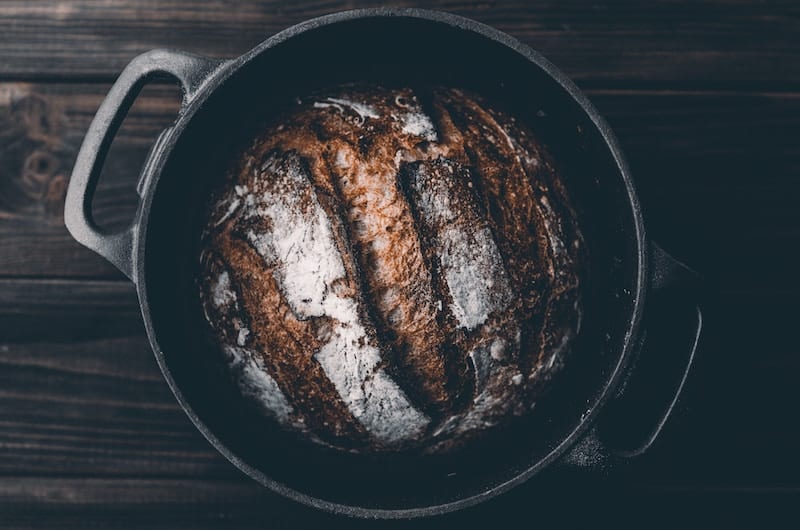 Photo by Artur Rutkowski on Unsplash
Photo by Artur Rutkowski on Unsplash
Baking
When baking bread, it is so important to properly preheat your oven. Here are some other tips for baking:
- Follow precisely the recipe’s directions for preheating and baking.
- Use an oven thermometer for accuracy.
- Place the baking pans several inches apart on the center oven rack.
- Oven temperatures may vary, so check your loaves about 10 minutes before recipe says they should be done.
- If loaves are browning excessively, remove them from the oven and make an aluminum foil ‘tent’ to shield them, and then return them to the oven.
- The internal temperature of the loaf should be between 190°–205°F; baked loaves should be evenly browned.
- After turning bread out of the pan, tap the bottom or side of the loaf. If it sounds hollow, the bread is done.
Cooling
The best way to cool a loaf of bread is on a wire rack. Immediately remove it from the pan and place it on the rack to prevent it from losing that beautiful crust you created and getting soggy from steam accumulating on the bottom of the pan.
Storing
To keep your freshly baked bread at peak goodness you want to follow a few different guides, based on the type of bread:
- For softer breads, keep it wrapped in a paper bag or Ziplock and stored in a bread box at room temperature.
- For crustier breads, you want to maintain that crust as best as possible. We have found that leaving it cut-side down on a wooden cutting board, perhaps with a paper bag tented over the top or in a linen bag is the best way to keep it fresh and to prevent the crust from getting soft.
- All breads should be stored in a cool, dry place.
- Keep all breads out of the refrigerator; cold temperature dries bread out and hastens staling, along with the moisture found in fridges.
- For longer term storage, freeze it in an airtight plastic bag or tin foil.
Looking for ways to make your bread even more beautiful?
To give the crust a super shine:
- Brush it with one egg or egg white beaten with a little water before you put your ready-to-go bread in the oven.
- If you forget to do so before baking, you can still apply the egg wash 5 minutes before the bread is to come out of the oven.
- Brush it with butter or margarine for less shine but a good deep, golden-brown color and very good flavor. Apply the butter on loaf just as it comes out of the oven.
- For a loaf that’s really delicious, brush the unbaked loaves with milk. It will make a slightly soft or tender crust, with a somewhat dull shine.
Something went wrong! Common Yeast Dough Problems and Solutions
- Strong yeast odor: Avoid over-fermentation. Be sure dough is doubled in size (use finger-top test).
- Odd or uneven shape: Let dough rest for 10 minutes for easier handling/shaping. Be sure bread pan is correct size for recipe.
- Crust cracked on top: Reduce flour used in kneading and shaping. Or, score the dough before baking for an even rise in the oven.
- Bread collapsed: Don’t let dough continue to rise beyond time called for in recipe. Avoid too high temperature for dough-rising period.
- Wrinkled crust: Pull dough firmly when shaping.
- Soggy crust: Do not keep bread in pan after baked. Remove promptly; let cool on wire rack.
- Thick crust: Do not over bake. Bake in correct oven temperature. Keep dough ‘tacky’, not dry.
- Tough crust: Use all-purpose flour or bread flour.
- Bread did not brown on sides: Shiny pans reflect heat, causing insufficient browning. Use glass pans.
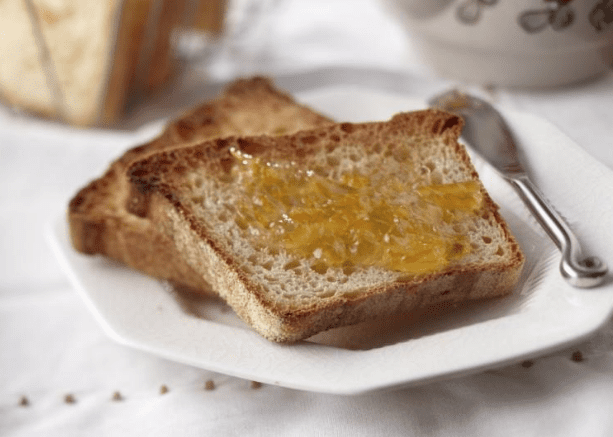
Now that you have the tips, you may need a recipe to kick off your bread baking with yeast! Check out this beginner recipe for English Muffin Bread.







